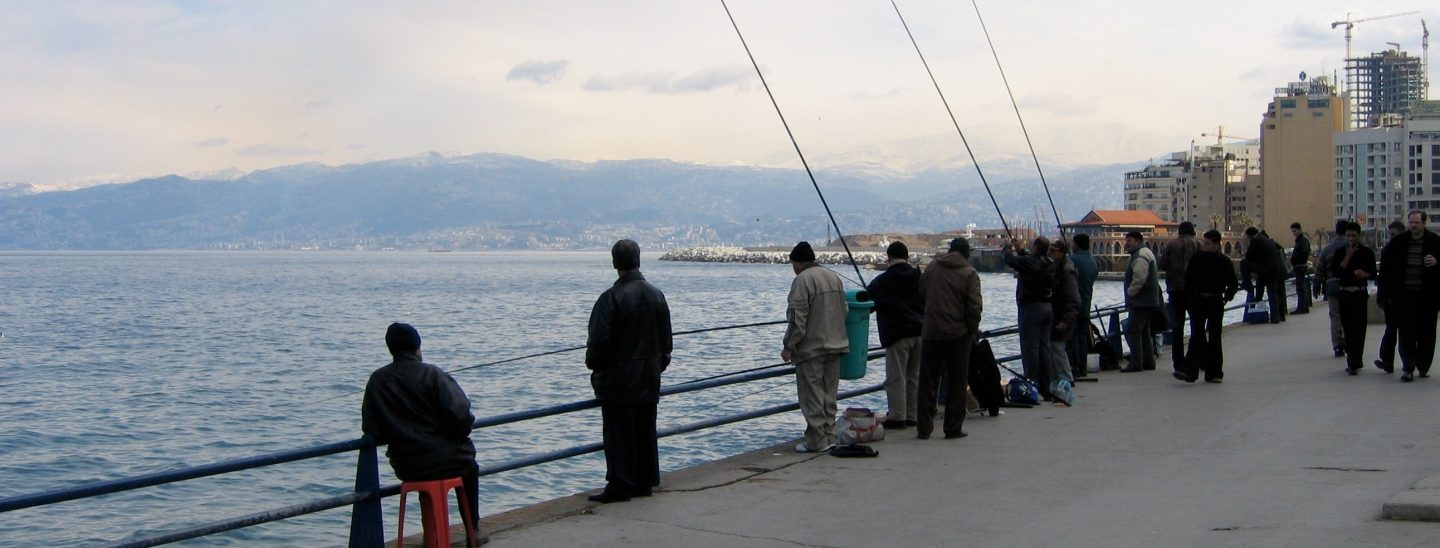
28 Nov Beautiful Beirut: Victim to the Beast of War
I wasn’t very old when the civil war began in Beirut. Back in 1975 I was more interested in my swing set than news of war plaguing the city symbolic of the ongoing juggle between hope and despair that characterizes the Middle East.
I remember adults “tsk-tsking” their tongues at their television sets, wondering why “those Arabs” were so hell-bent on brutality to bring their religion to the forefront of the beleaguered Beirut. To many Westerners, it seemed a simple solution: Muslims and Christians should share the space.
But Beirut is not so easily shaped to fit such a simplistic solution. It’s a city delicately seasoned by a history richly steeped in the many cultures, languages, and religions its array of inhabitants have brought to its table.
Setting the stage for the religious conflict that often confuses Westerners but continues to haunt Middle Easterners, Arabs, took rule of Beirut in AD 635 until the Christian Crusaders usurped them in AD 1110 and the pattern of passing Beirut back and forth continued until the Ottoman army took over in 1516.
World War I ultimately ended Turkish rule and in 1920 the League of Nations granted the French mandate over the city.
Under allied occupation during WW II, Beirut grew to become one of the main commercial and banking centers of the Middle East.
The French pulled out in 1946 and just two years later the Arab-Israeli war brought massive numbers of Palestinian refugees—both Christian and Muslim—to the city, designing new socio-economic and religious dynamics.
Violence became commonplace as citizens struggled to survive the daily strife of political/religious tensions that pitted Israeli-backed Phalange Militia, allied with the Lebanese army, against Palestinians and the National Movement militia.
Phalanges brought the war to civilian streets when they attacked a bus in a city suburb, slaying 27 Palestinian passengers. The downward spiral of the city was dizzying as retaliatory attacks on Christians brought Beirut into darkness and death with Black Saturday, when Phalanges and Muslim militia took turns pulling over civilians in their cars and slitting their throats if they weren’t carrying the right religious identity cards.
Blood spilled from Palestinian refugee camps and Christian townships as innocent inhabitants from both sides of the religious war were slain. Eventually the city became divided along the Green Line, the famous division between Christian East and Muslim West Beirut.
The war lasted 17 years.
Two years ago we walked the Green Line. Still living in Abu Dhabi (United Arab Emirates), when my husband and I announced our plans for a romantic weekend in Beirut, the reaction of family and friends back home proved that distant memories of a war-torn city lingered.
“Beirut? But isn’t that dangerous?”
It is now.
Who doesn’t read with dark dismay the news that Beirut is once again being bombed?
But when you have strolled the streets of that breath-stealing city, when you have searched the shops of the “Paris of the Middle East”, when you have eaten homemade humus while sipping sweet wine in a bistro and breathed in the salty scent of the Mediterranean Sea kissing its Arab shores, you greet the news with such sadness.
Simply stunning, Beirut mixes European and Middle Eastern ambiance to create a city with a distinctively French flair. Beirut presents itself like an elusive woman—ever the contradiction as she seductively shows her many sides.
The streets are simmering with the fast and fashionable who strut to work in suits and heels alongside those who stroll in jeans and trainers. The latest sports cars swerve in and out of rusted wrecks equally as popular on the road.
Like a lovely face scarred by acne, Beirut bears the marks of war, where newly constructed buildings, shining in the heat, stand beside burned out buildings littered with pock-marked scars of earlier shootings.
An excerpt from the Lonely Planet 2004 guide to Syria and Lebanon (from which historical facts have been gleaned) says it all:
“In other countries the former Green Line would be a solemn reminder of those who lost their lives in the war. Beirutis turned a section of it into the hottest clubbing street in the Middle East. True to their long-standing reputation, Beirutis are doing their utmost to put the recent past behind them by eating well, partying hard and generally enjoying life, giving the place a buzz that is absent from almost every other city in the region.”
And now that Beirut is abuzz in a very different way, its citizens are again paying the price of radicals raging for power in another not-so-holy war.
To understand issues soldiered by Hamas and Hezbollah, to get a grip on Israel’s reaction to the kidnapping of one of its soldiers within the borders it only recently withdrew to in concession to the flailing peace plan, read MacLean’s and Time Canada or check out the Globe and Mail’s extensive coverage. But to know the tragedy in Beirut, travel.
I only caught a glimpse of the city, but it was enough for me to cling to my romantic vision of the place. Souvenirs of our trip hang in our basement bath. Four hand made hooks, shapely silver designs decorated with colorful glass blown knobs, decorate the wall.
Many friends have commented that they are too beautiful to hide downstairs. But like the city they were crafted in, their distinctive design shines, even in the darkest of places.

